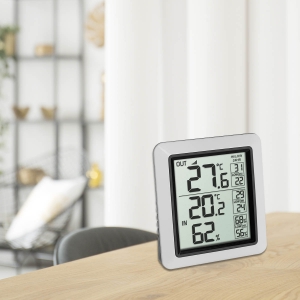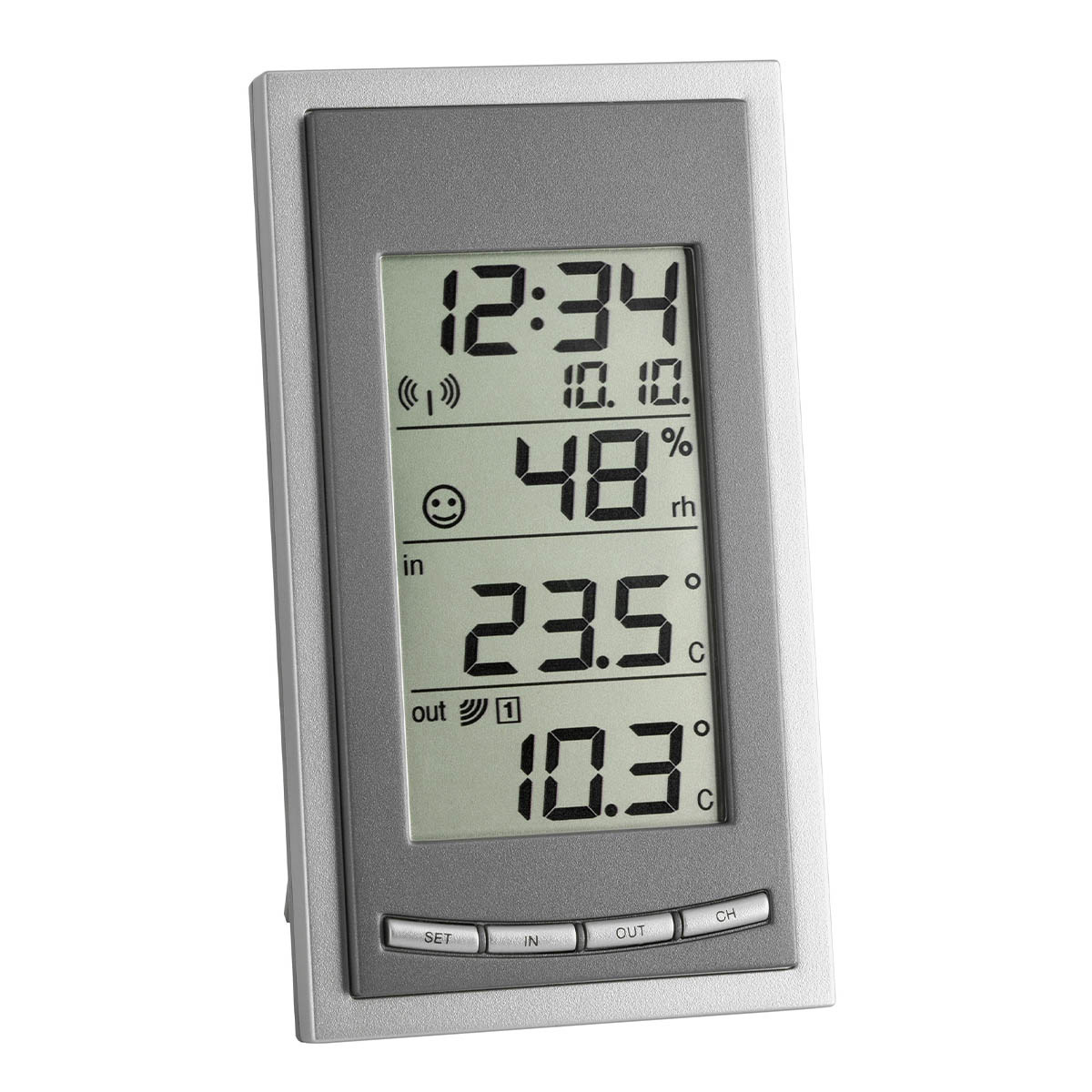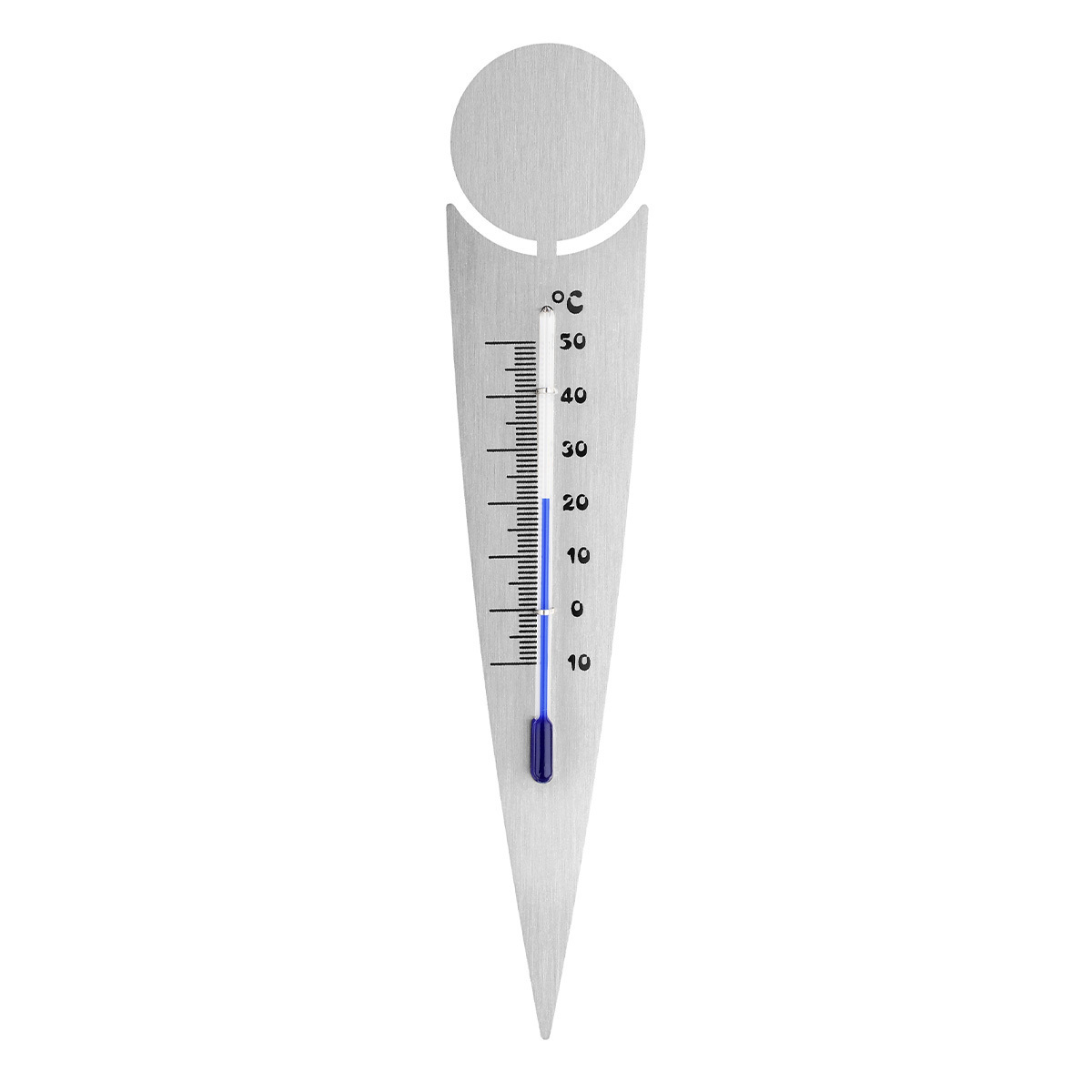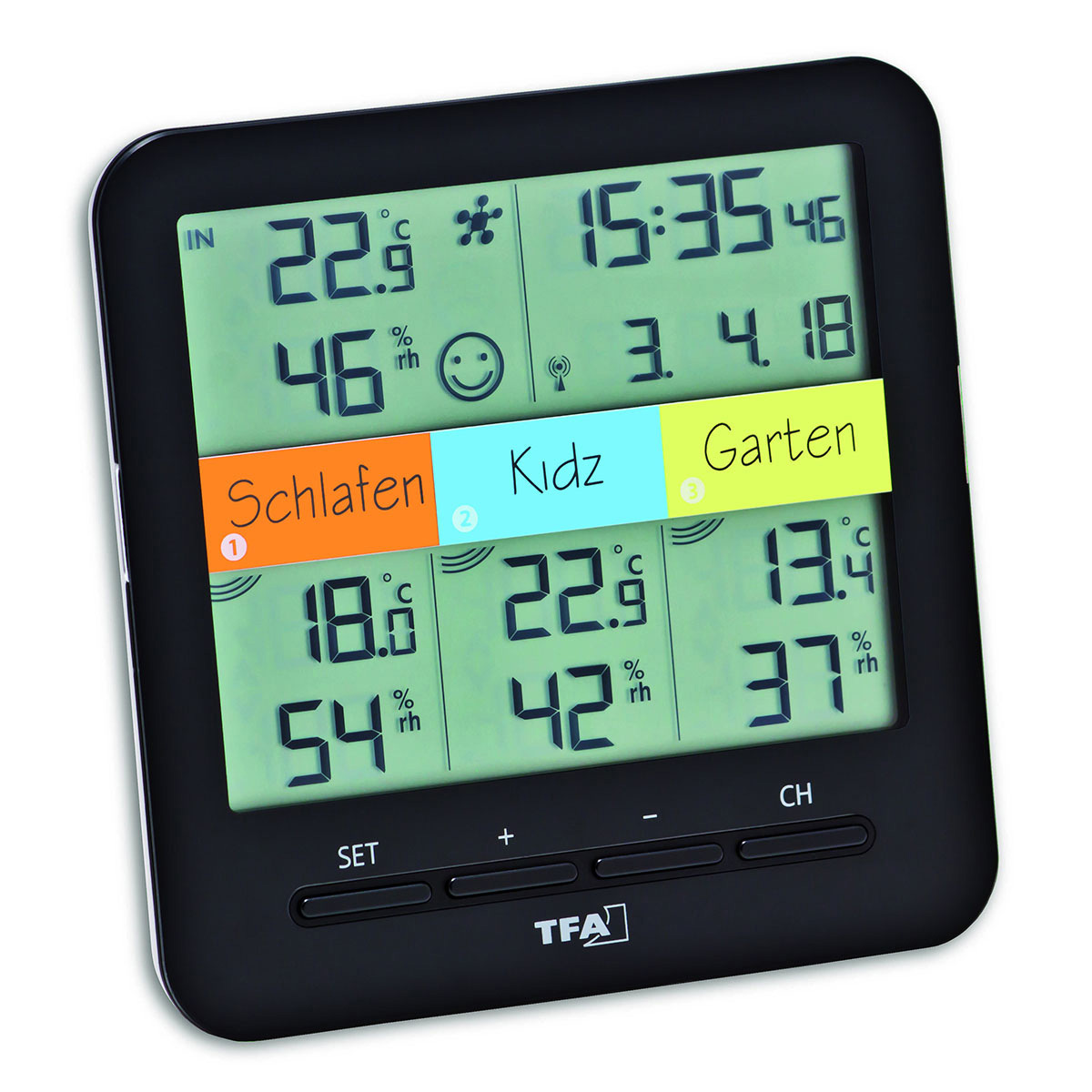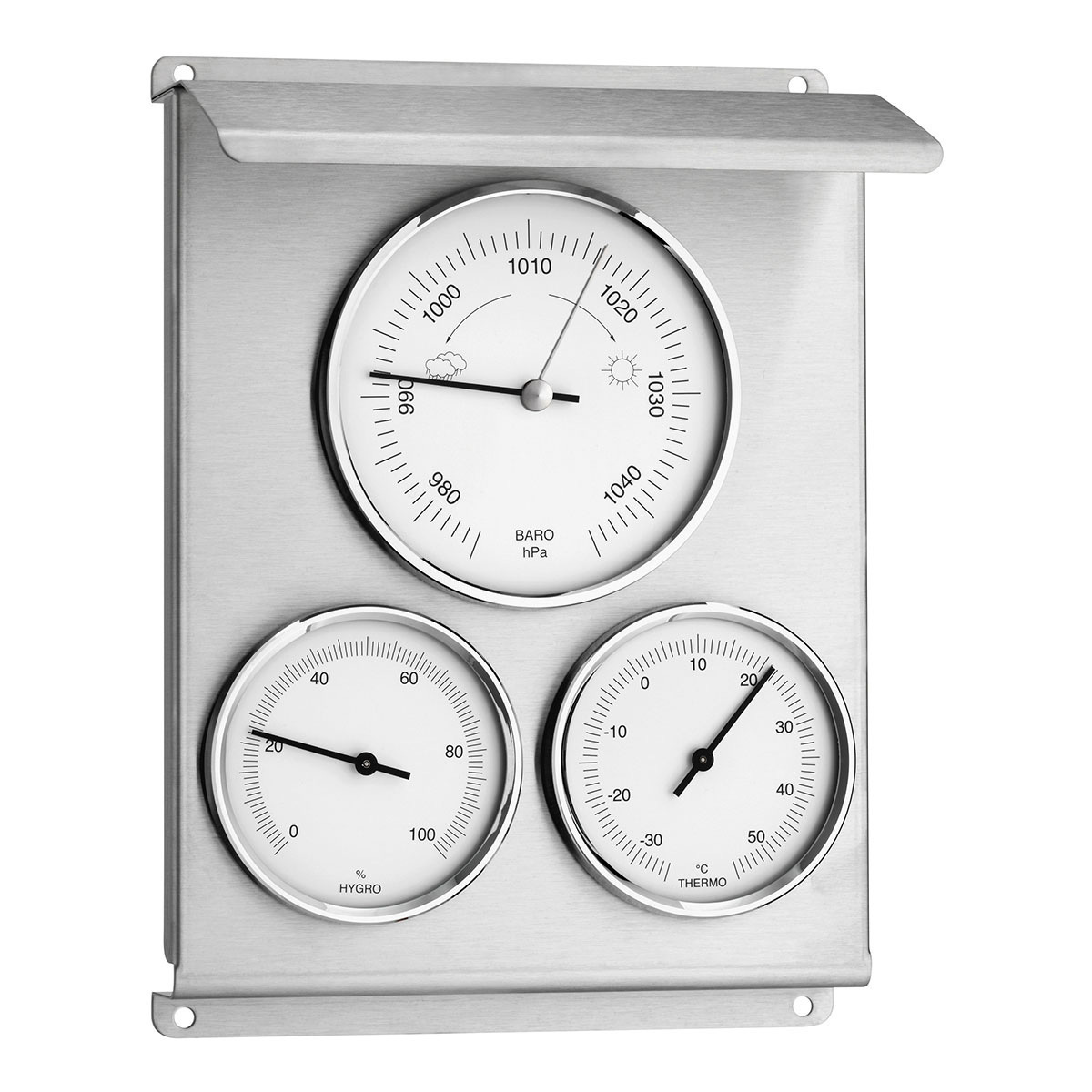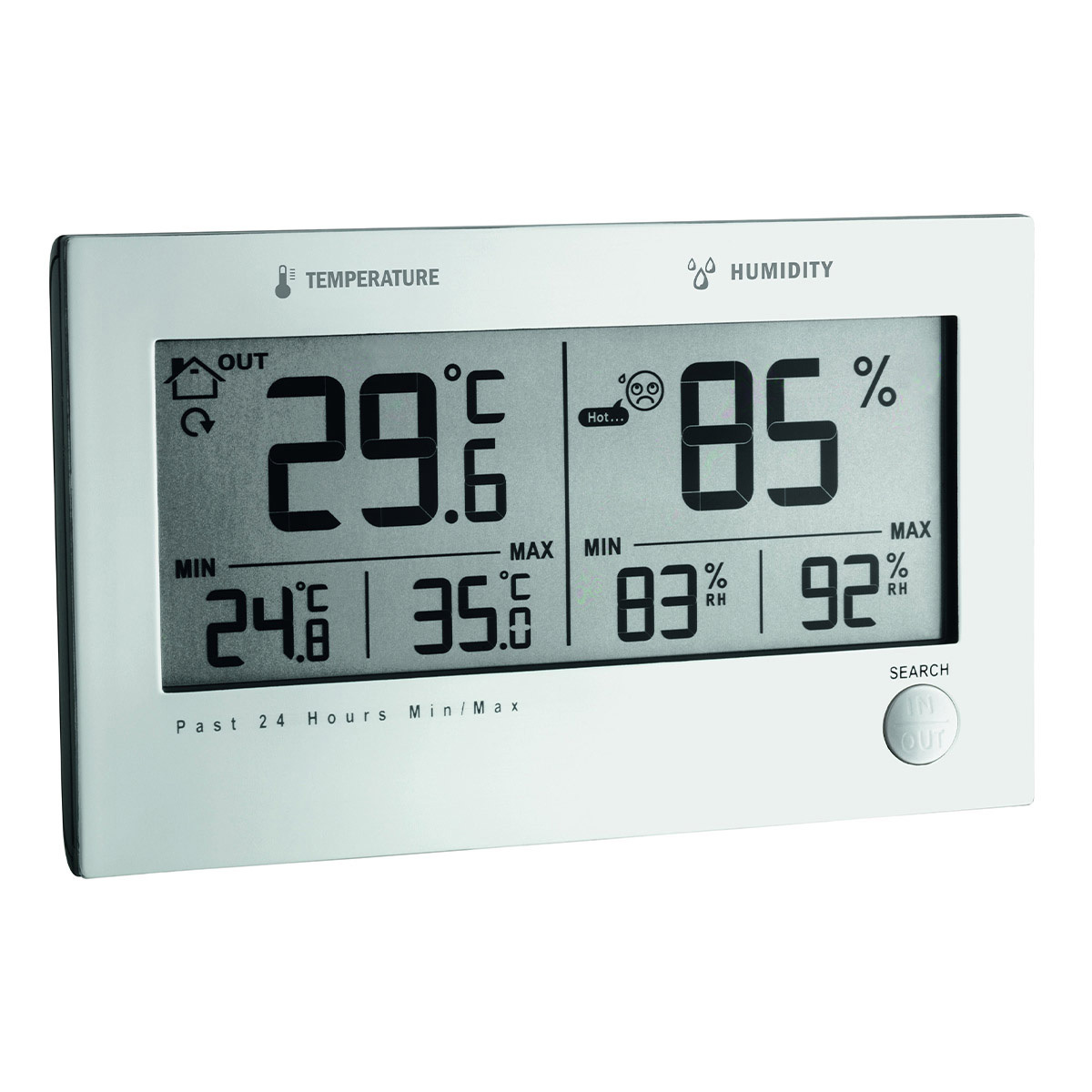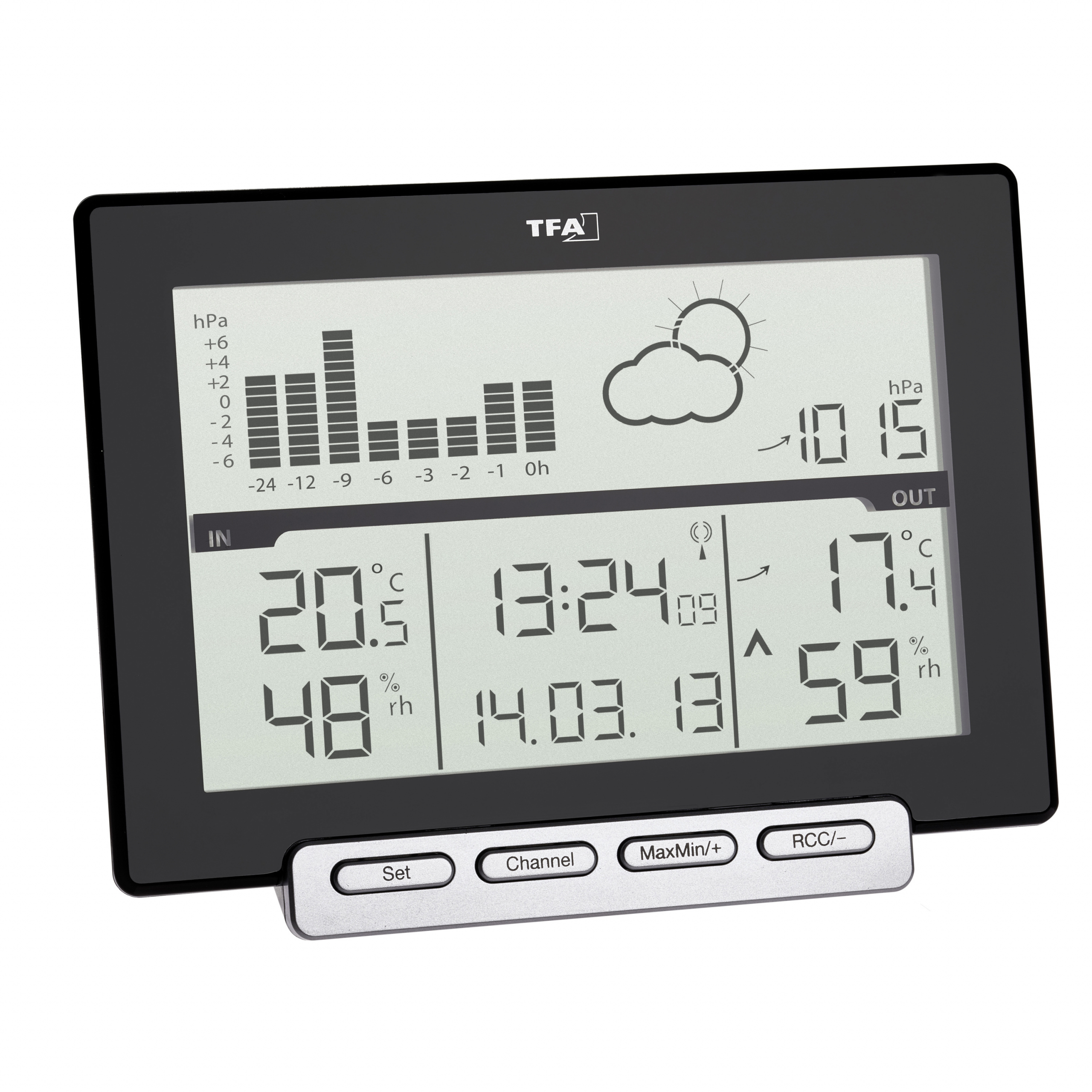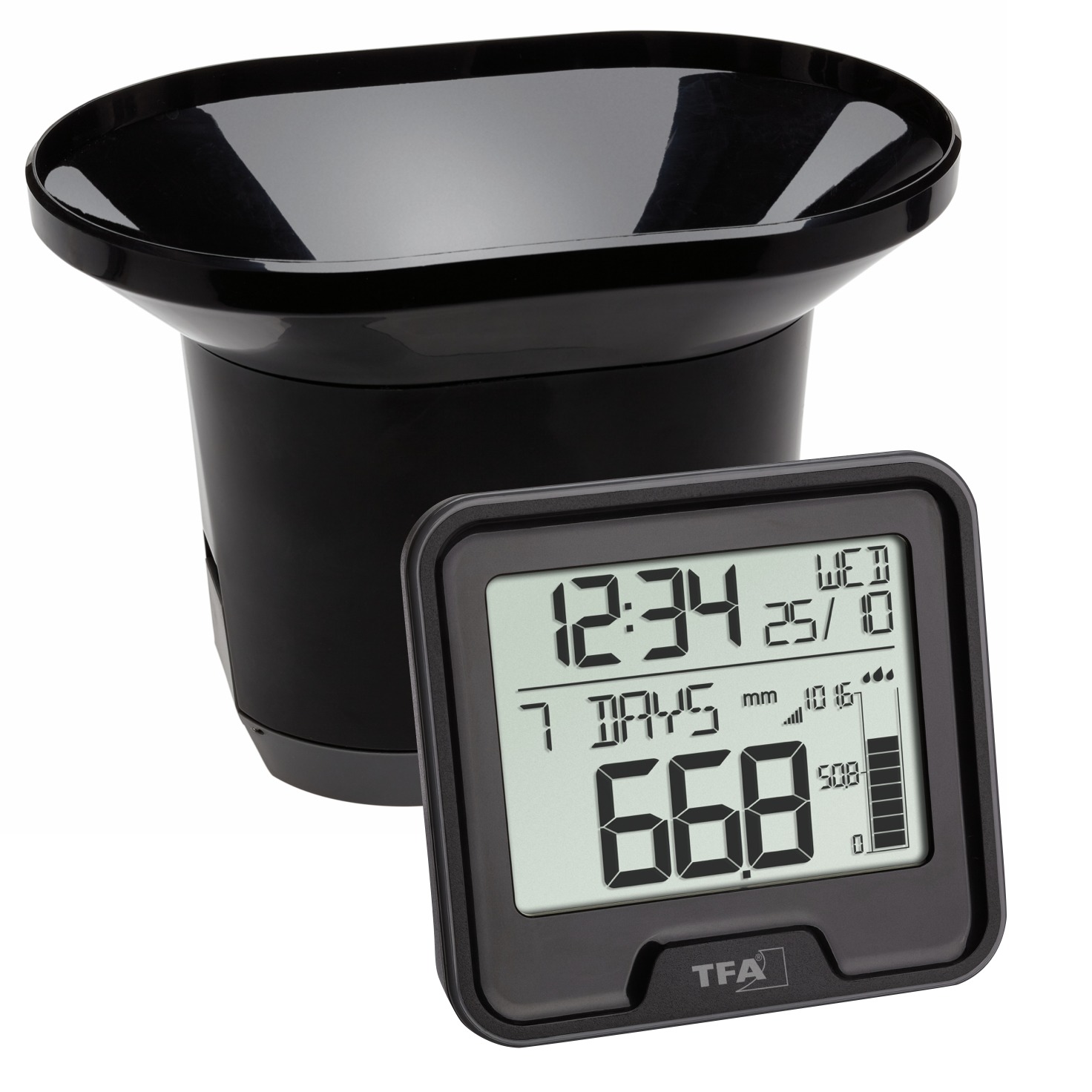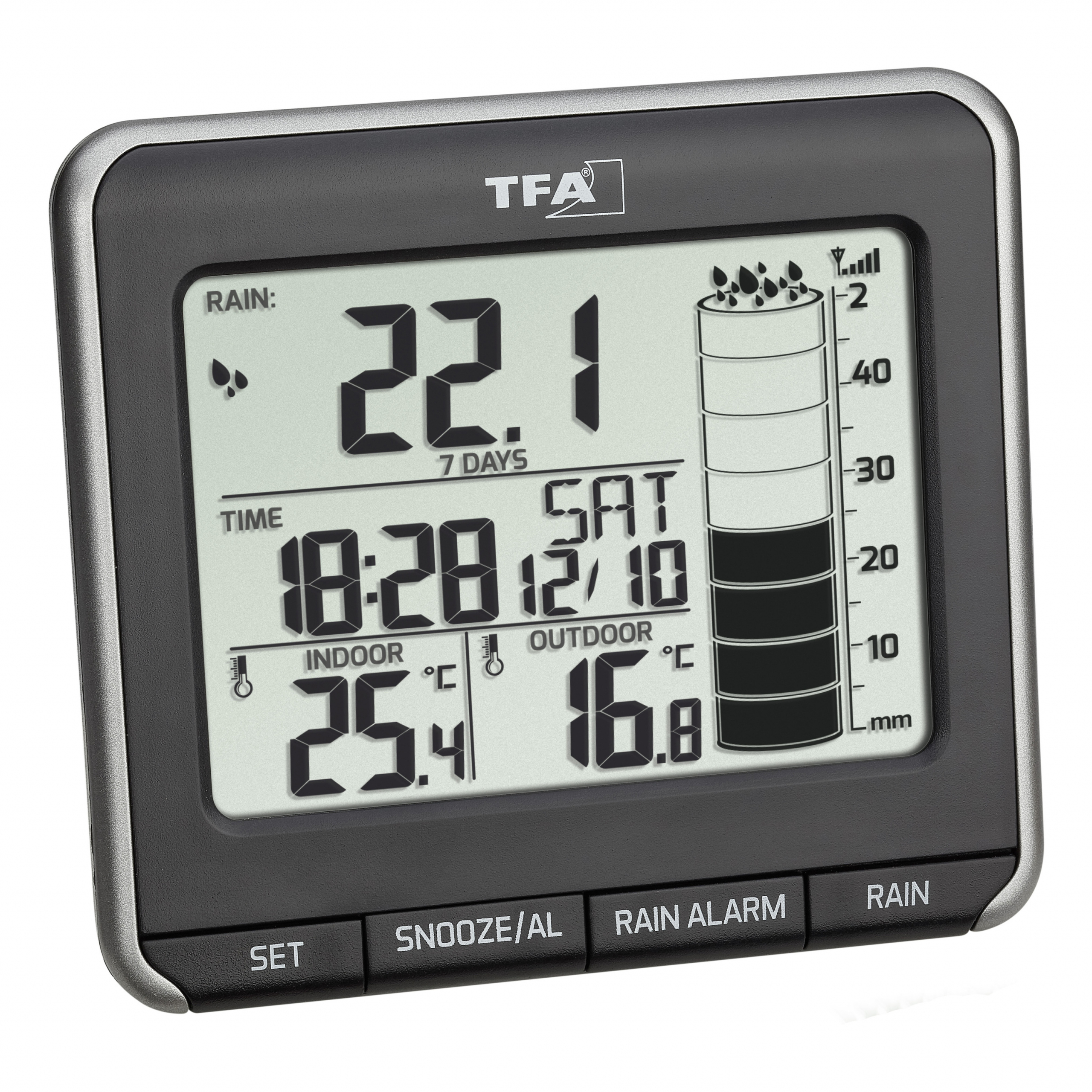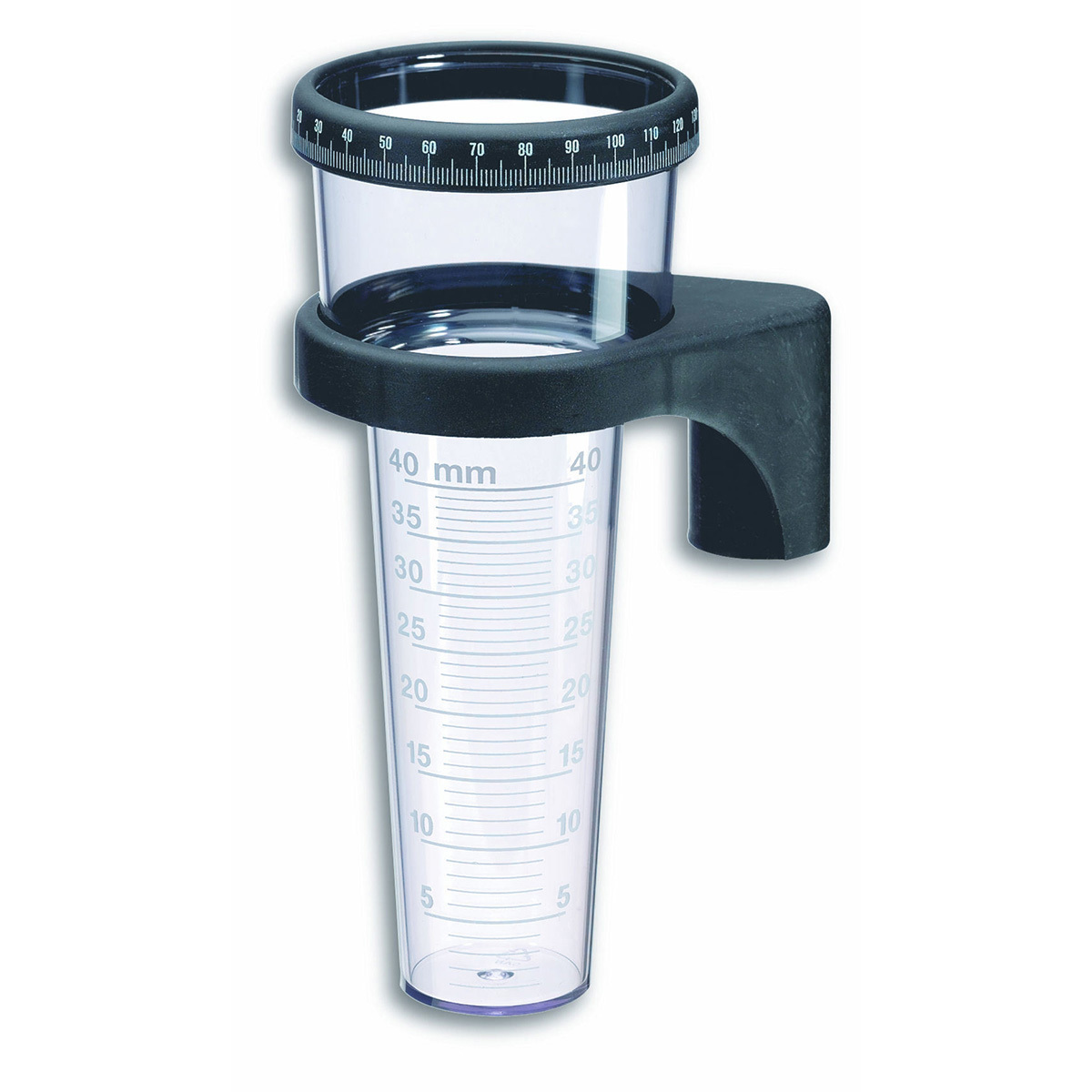
Weather is defined as the measurable actual state of the lowest layer of the earth’s atmosphere at a specific location with regard to air temperature, humidity, air pressure, precipitation, wind speed and cloud cover. The weather that we can feel appears as sunshine, heat, thunderstorms, rain, snow, cold or hail, among others.
The weather has long fascinated people. There is hardly anything that influences us more than the daily weather. We sweat in the summer heat, get wet when it rains and freeze in the cold. Many people’s moods also depend on the weather. But what actually is the weather and how does it come about?
What is weather??
The weather characterizes the state of the atmosphere and is a snapshot at a particular location. More precisely, weather phenomena only occur in the lowest layer of the Earth’s atmosphere, the so-called troposphere. This reaches about 10 – 18 km high from the ground to the beginning of the stratosphere.
Meteorology, also called meteorology for short, deals scientifically with the weather and the associated areas such as weather forecasting. The weather can change several times a day – in contrast to the weather situation and weather conditions.
The summary of the weather for a certain area such as Germany or Bavaria is called weather condition. If the region under consideration is very large, one speaks of a general weather condition such as the general weather condition in Europe.
Weather elements and their measurement
The weather is characterized by measurable parameters, the elements of weather. The short-term interaction of these weather elements is of importance here. To observe and predict the weather, the state and changes of the most important weather elements are measured. TFA Dostmann is an expert for weather measurement instruments and offers reliable products for the measurement of the weather elements for weather forecasting.
Air temperature is one such weather element. Air temperature is the temperature of the atmosphere near the ground, which is not influenced by solar radiation, ground heat or heat conduction. Temperatures are measured with a thermometer in the units degrees Celsius (°C, e.g. 25 °C), Kelvin or Fahrenheit.
The humidity is also an important parameter of the weather. The proportion of water vapour in the air is referred to as air humidity or air moisture. For everyday life, relative humidity is an important parameter. It is defined as the amount of water vapour present in relation to the maximum possible water vapour. The air humidity is measured with a hygrometer.
Air pressure is the hydrostatic pressure of the air at a specific location in the earth’s atmosphere. Air pressure has a great influence on the weather because pressure differences in the atmosphere lead to compensating currents and low and high pressure areas cause certain weather phenomena. The air pressure is measured with a barometer. In every weather station with a reliable weather forecast a barometer is also integrated.
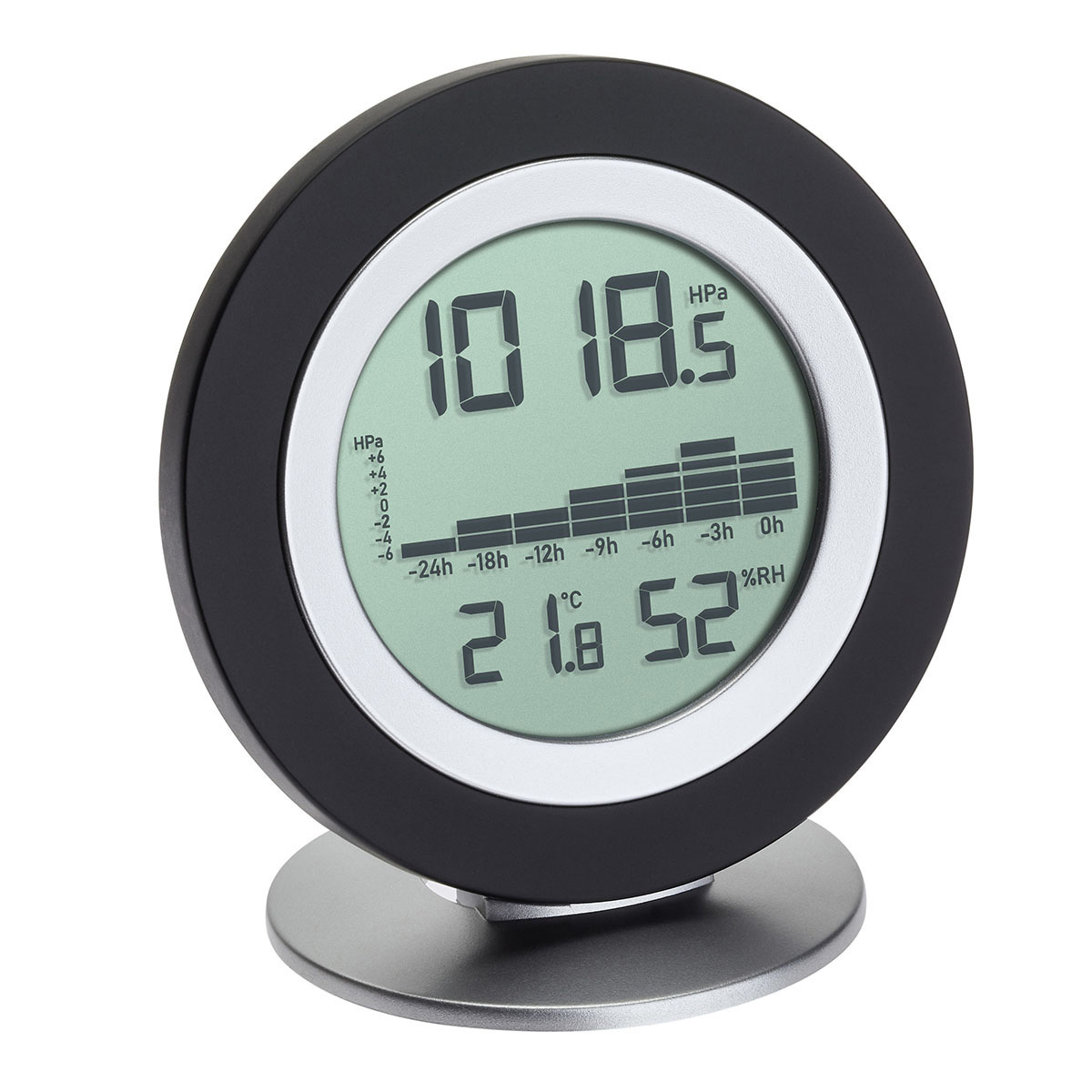
Digital barometer-thermometer-hygrometer COSY BARO
Item number: 35.1154
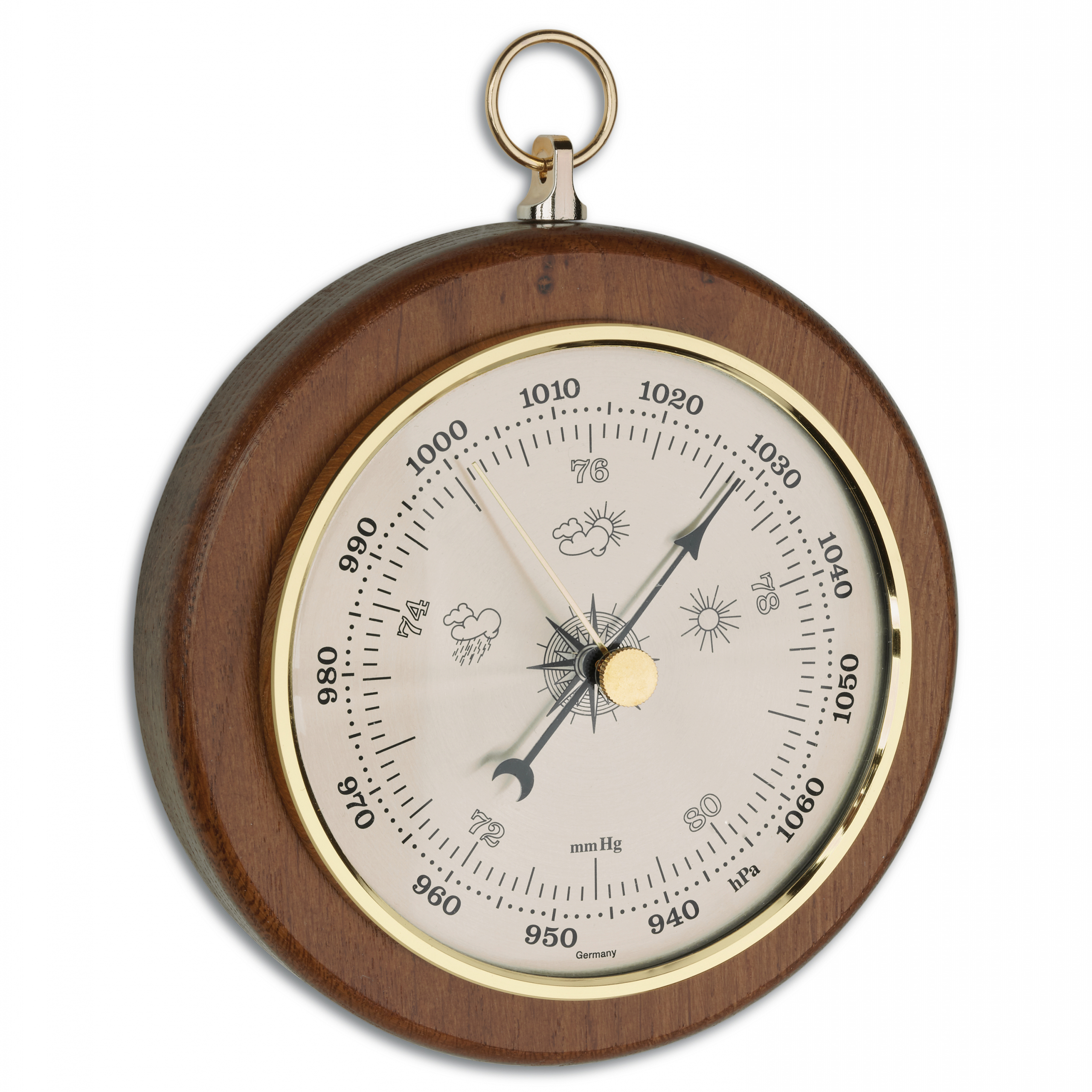
Analogue barometer made of oak
Item number: 29.4002
If water is released from the atmosphere, this is called precipitation. This can have various forms and manifests itself as rain, hail, snow, sleet, dew or frost. The precipitation is measured with a rain gauge.
Wind is an air movement with a certain direction. Wind is usually caused by higher air pressure in one area than in another area. The wind speed is measured with an anemometer, the wind direction with a wind vane.
Special phenomena are for example thunderstorms, heavy rain, smog, snowstorms or meteorological lights. Cloudiness is also one of the weather elements.
Where and how is the weather made?
Weather is mainly made in the troposphere, the lowest layer of the Earth’s atmosphere. This is also called the weather layer, and it contains 90 percent of the air and almost all the water vapour in the Earth’s atmosphere.
Especially important for the formation of the weather are the solar radiation on the earth and the radiation to the clouds and into space. The currents in the atmosphere are important for the weather trend. These depend, among other things, on the global wind systems, the terrain (mountains, deserts, oceans), but also on local influences.
The weather in spring in Germany is considered to be particularly moody. However, in recent years it has been less rainy and often too warm and too dry. In summer in Germany there is often the threat of a heat wave.
How to forecast the weather?
The basic idea of a weather forecast is to describe the weather by corresponding laws of nature. Weather services use different weather models for this purpose.
Weather stations provide meteorologists and those interested in weather with data about the weather elements. Based on the totality of these measured data, it is possible to derive the weather situation at a certain time at a certain place and thus to predict the current weather. With weather stations from TFA Dostmann you know at any time how the weather is and how it is expected to develop.
If weather forecasts concern the immediate future, they are usually relatively accurate. The 24-hour weather forecast often reaches a hit accuracy of a good 90 percent. This accuracy already decreases noticeably for forecasts for the next three days and is only a little more than 75 percent. Every additional day reduces the accuracy. In the meantime, however, the weather forecast for the coming week is as reliable as it was thirty years ago for the next day.
Even today, many people still use the so-called “farmer’s rules” as a basis for their weather forecast. Whether it’s the ice saints in May, the sheep’s cold in mid-June, or the seven dormant farmer’s rule from the end of June to the beginning of July, many such farmer’s rules have proven their worth many times over and give an indication of the current and future weather.
Difference between weather and climate
While weather describes the state of the atmosphere at a certain point in time at a certain place, climate is the annual course of weather typical for a region. The term climate describes a locally related overall state, but over a period of years and within the framework of a periodic regularity.
It thus indicates whether a place is normally rather dry, warm and humid or cold, on average over many years. Monthly curves of temperature and precipitation describe the climate in detail, which is derived from the weather statistics of many years.
To describe the climate, a period of 30 years is usually used as a reference period. The German Weather Service (DWD) works with the reference period 1961-1990, which is still very common internationally. In recent years, the DWD has also used the reference period 1981-2010, as this period better reflects the drastic changes in the climate over the last decades and thus our current climate.
